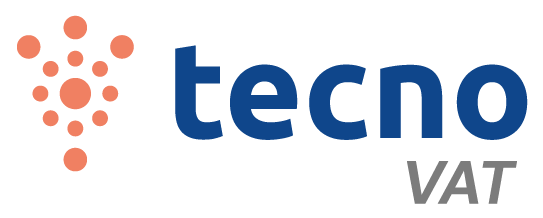Emission Trading System: ETS2
Starting from 2025, those who release fossil fuels used in the sectors into consumption road transport, construction and small industry will have to enter the new European emissions system: ETS2.
The rules are changing. We help you respond, not suffer.
What is ETS2: A new chapter in emissions regulation
ETS2 represents an evolutionary extension of the European Emissions Trading System, designed to broaden the scope of the European Union's climate policies.
Introduced with Chapter IV-bis of Directive 2003/87/EC, this new regulatory framework is autonomous from the current EU ETS, but takes up its principles, structures and market mechanisms, applying them to sectors previously excluded such as residential construction, road transport and small non-energy-intensive industries.
ETS2 entered into force in 2025 with a monitoring phase, and then launched the auction market in 2027. Unlike the original system, it does not provide for free allocation of allowances, introducing a logic entirely based on economic responsibility.
Who is interested in ETS2
ETS2 is distinguished by the expansion of the regulated perimeter compared to the traditional EU ETS, including sectors that were previously excluded but have a high impact in terms of diffuse emissions. The system applies to the combustion of fuels and combustibles — solid, liquid and gaseous — used in the sectors of buildings, road transport and some industrial and light manufacturing activities not previously subject to the ETS.
Regulated emissions mainly refer to carbon dioxide (CO₂), produced by the release for consumption of such fuels for energy purposes. However, activities already subject to the original ETS system are excluded, except for specific exceptions provided for by the legislation, such as use in the field of geological storage. The new regulatory framework makes the obligated subjects not the end users, but the operators responsible for the excise duty, marking a clear discontinuity with respect to traditional criteria.
What changes with ETS2
- Fuel suppliers must track, report, and offset their CO₂ emissions
- From 2027 onwards, it will be necessary acquistare quote emissive for every ton of CO₂ emitted.
- Early adopters will manage costs better — and gain market credibility.
Our support includes
1. Registration and permissions
We guide you through every step to get properly registered and authorized.
2. Emissions tracking & reporting
We implement systems to measure, report, and optimize your emission data.
3. Carbon allowance strategy
We assist you in purchasing, calculating your needs and returning the shares.
Why act now
- Be ready before your competitors
- Avoid last-minute risks and costs
- Gain trust with clients and institutions
- Turn sustainability into a fiscal and reputational asset
Let’s start with a free assessment.
Tecno VAT brings clarity and control to your ETS2 journey.
